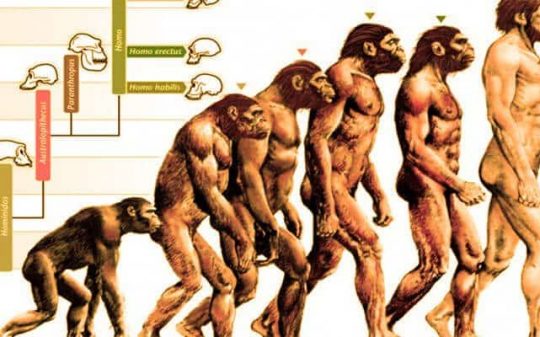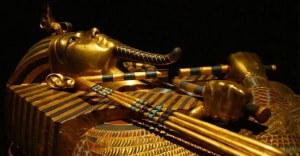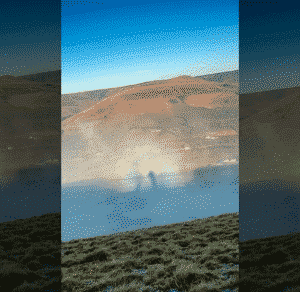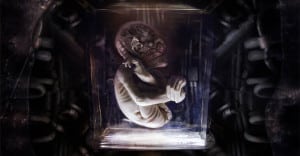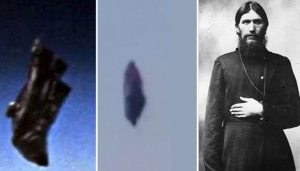‘Deep Skull’ discovered a few decades ago in Borneo has challenged the human evolution hypothesis claiming that modern humans evolved after the disappearance of the last Neanderthals by proving they actually co-existed.
In 1958, a group of diggers exploring the so-called “Hell Trench” of the Niah Cave in Borneo unearthed the clear remains of a human skull. Until then, the oldest human remains ever to be found belonged to a male specimen descendent of Homo neanderthalensis in Europe and were approximately 33,000 years old, or so they thought.
The intriguing discovery was dubbed “Deep Skull” and it changed the scientific paradigm of human evolution when analysis revealed that it belonged to a human that pre-dated other known specimens by 4,000 years. It may not sound that much, but it was enough to prove that modern humans co-existed along Neanderthals, at least in this specific area.
Nowadays, scientists are more inclined to believe that “Deep Skull” is related to the Indigenous Australians, but a later study turned this theory into a conundrum, as it is firmly disagreed upon in the journal Frontiers in Ecology and Evolution.
In order to clear all doubt or misinterpretation around the timeline and social landscape of “Deep Skull”, scientists conducted an in-depth elaborate investigation that focused on the thorough comparison between Deep Skull’s intricate features and other different skulls related to nearby regions and cultures of those prehistoric times.
The puzzle showed that all pieces of evidence point towards a strong relation to the native populations of Borneo itself, as the morphology of the first denizens of Borneo persisted over millennia. In reference to this new revelation, lead researcher Darren Curnoe of the University of New South Wales shared his thoughts regarding this gamechanging discovery, stating that “Our analysis overturns long-held views about the early history of this region”.
Few years after the digging of Deep Skull, Don Brothwell – a renowned anthropologist – decided that the cranial remains belonged to an adolescent male that represented either a group of ancestors or he was a close relative of the Indigenous Australians, Tasmanians to be more specific.
His publication started on the premises of the evolutionary lineage leading to the “Negritoids”, a race of humans that made-up the two main founding modern human populations known to have established in Southeast Asia and Australasia during the Pleistocene. The other race was the “Australoids”.
In the present, Don Brothwell’s only invalid presumtion was that the skull belonged to an older woman, and not to a young man, as of 2002. Initially, in his identification of the cranium, Brothwell labeled it as having “Tasmanian” traits, since Tasmanians and mainland Australians were affiliated to different populations.
“Brothwell’s ideas have been highly influential and stood largely untested, so we wanted to see whether they might be correct after almost six decades,” Curnoe added.
Deep Skull played a significant part in the migration hypothesis known as the “two-layer” model: New Guineea Indigenous and those from Australia have previously colonized South-East Asia; following the events, these two populations were replaced by the farmer communities from southern China.
The latest study strongly suggests that the Indigenous Borneans were not replaced on a genetic level by migrating farmers spreading advanced agricultural techniques around 3,000 years ago. Rather, it appears that they merely adopted it, and did not greatly widen their genetic population pool.
